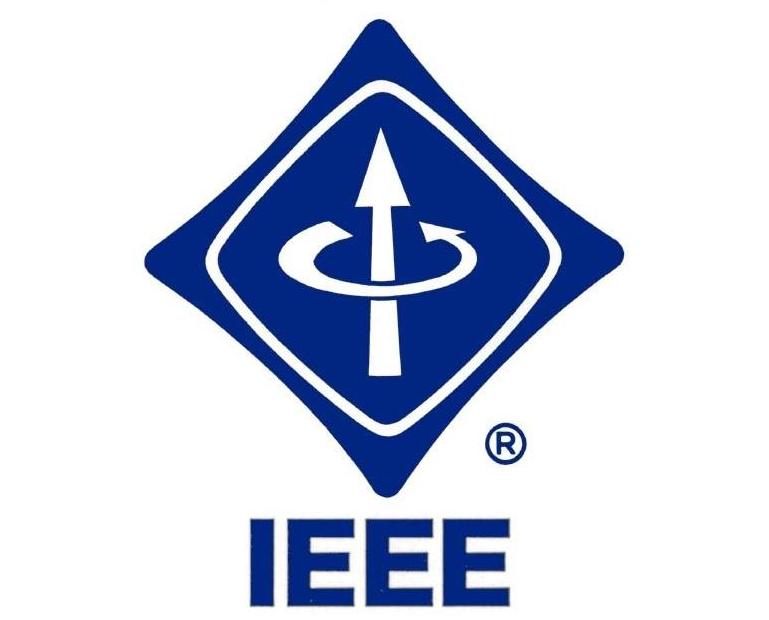Abstract:
Weakly supervised target detection and semantic segmentation (WSSS) approaches aim at learning object or pixel level classification labels from imprecise, uncertain, or ambiguous data annotations. A crucial step in WSSS is to produce pseudolabels which can be used to train a fully supervised semantic classifier. Post-hoc attention mechanisms, such as class activation mapping (CAM), are commonly used to produce these pseudolabels. While traditional CAM methods derive feature importance from heuristics on gradient information, this work alternatively investigates whether a subset of discriminative activation feature maps can be down-selected and fused to improve pseudo-label accuracy. More specifically, the Multiple Instance Choquet Integral (MICI) [1] was explored as a method for discriminative feature selection and fusion. Experimental results on both synthetic and real-world datasets indicate the utility of the MICI in downselecting class-discriminative activation feature maps. Fusion of the MICI-selected sources was competitive to CAM methods for generating pseudo-labels.
Links:
Citation:
C. H. McCurley and A. Zare, "Segmentation Pseudo-label Generation using the Multiple Instance Learning Choquet Integral," in IEEE Transactions on Fuzzy Systems, doi: 10.1109/TFUZZ.2023.3338049.
@article{mccurley2023segmentation,
title={Segmentation Pseudo-label Generation using the Multiple Instance Learning Choquet Integral},
author={McCurley, Connor H and Zare, Alina},
journal={IEEE Transactions on Fuzzy Systems},
year={2023},
publisher={IEEE}
}
